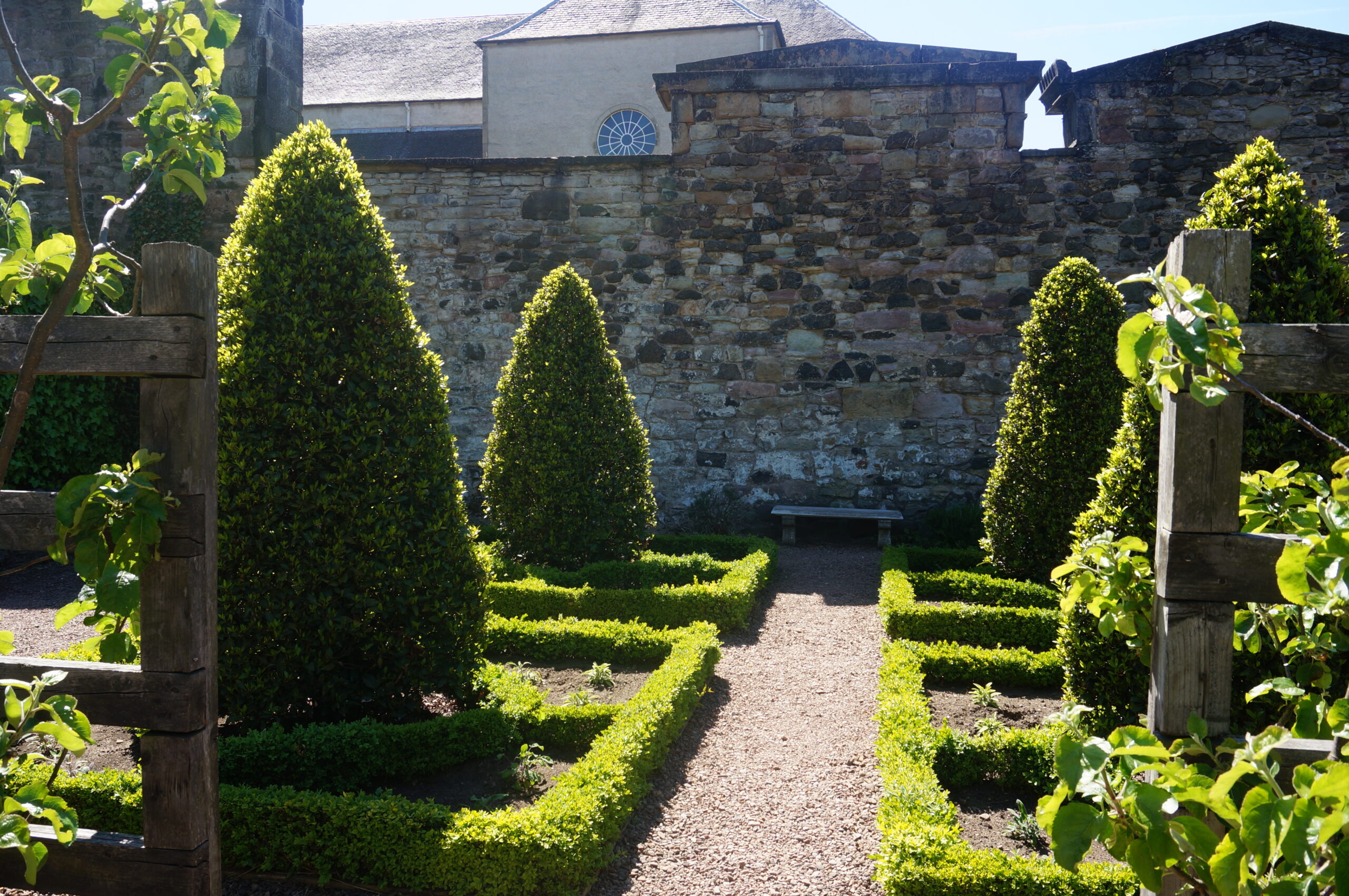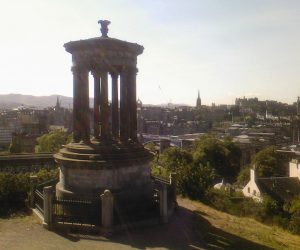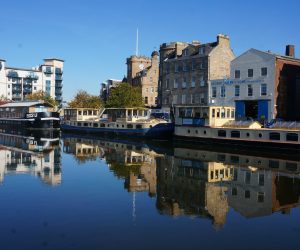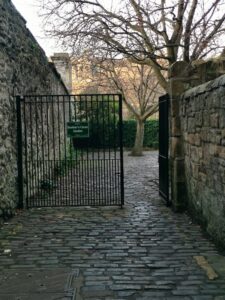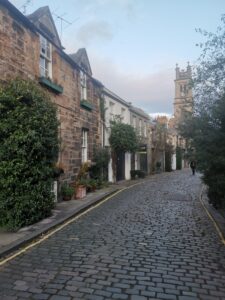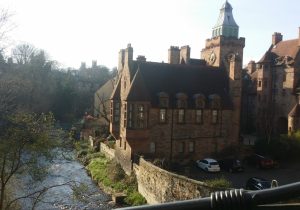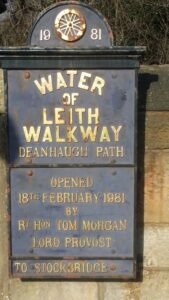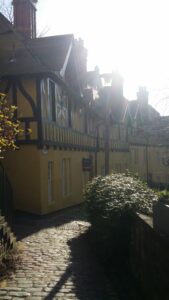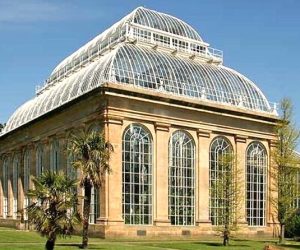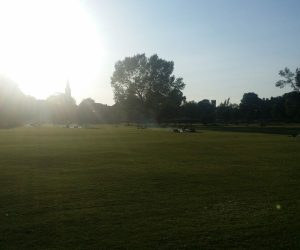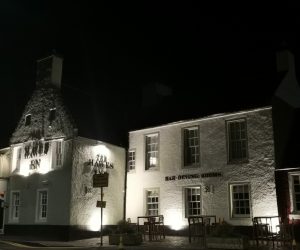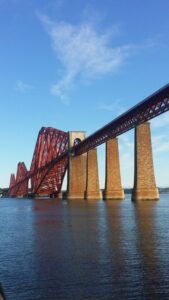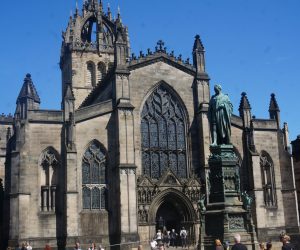A treasure trove of lesser-known sites in Edinburgh that provide a distinctive and off-the-beaten-path experience can be discovered by exploring hidden treasures. Although the city is well known for its iconic structures like Edinburgh Castle and the Royal Mile, there are a number of undiscovered jewels that are just waiting to be found.
Dean Village, a charming and scenic neighbourhood within a short stroll from the city centre, is one such hidden gem. Dean Village has quaint stone homes, peaceful river vistas, and a preserved water mill that give the impression that it is a hidden refuge amidst the busy city.
The Real Mary King’s Close, an underground maze of maintained streets and homes from the 17th century, is another undiscovered wonder. Here, taking a guided tour offers a fascinating window into Edinburgh’s shadowy and enigmatic past.
Edinburgh’s hidden gems offer a richer and more memorable experience than the city’s well-known attractions, whether you want to explore obscure neighborhoods, lesser-known museums, or off-the-beaten-path historical monuments.
In this article, we will give you some of our suggestions on some of the hidden gems in Edinburgh to visit.
Visit the Shore
Leith and the Shore is a historic old area that joined and became a part of Edinburgh in 1920. Officially, called Shore and not The Shore was a thriving seaport and was Mary Queen of Scots landed and returned to Scotland in August 1561.
The Shore was the first area in Edinburgh to have electric streetlights in 1895 and first place in Leith to install public street lighting oil in lamps in 1771 to combat a number of people falling in the river in the dark.
Today, an exciting and trendy area is full of many whisky bonds, Michelin Star restaurants and fabulous pubs. To pubs worth checking out are the King’s Wark and Teuchters Landing, which has a great outside drinking area and dockside with a vast array of whiskies and beers.
Secret Gardens and Closes around Edinburgh
Around the Old Town and the Royal Mile there are loads of hidden closes and secret gardens with names ending in wynd, court or close. This dates back hundreds of years when everything was centred around this area in Edinburgh and these areas were used for horses and carts.
Many of these wynds, courts or closes are dead ends or are marked as “Private” or “Residents Only”. The Old Fishmarket Close is exactly what the name says and was an old fish market back in the day. You also have Old Assembly Close, which was once the place of the original city assembly rooms. One of my favourite closes in this area and one I recommend is located next to Canongate Kirk and is called Dunbars Close, which is a tranquil 1600’s secret garden. Whichever secret gardens or closes you decide to explore, do not be nervous, but be adventurous and enjoy exploring the Old Town of Edinburgh
Visit Circus Lane in Stockbridge
Circus Lane is located in the historic Stockbridge area of the city and this cobbled stoned street is one of the most picturesque in the city with its flowered-covered terraced mews houses and ivy-framed doorways.
Circus Lane was built in 1765 when the New Town was being extended. They are a row of stables that had spaces to live above them and today this lane is an area of Edinburgh you do not want to miss. It has also taken off on social media with many people posting pictures of them on Instagram in this area of Edinburgh. Another attraction on this street is St. Stephen’s Church, which hovers above it and it was completed in 1828 and is home to Europe’s longest clock pendulum.
Take a Stroll Around Stockbridge
This area, which is north of the central part of Edinburgh and the New Town is one of our favorites with the Water of Leith flowing through it. There are loads of great restaurants, bars and it is a quirky place that has loads of charm through the whole area. Stockbridge is a picturesque neighborhood known for its quaint streets, independent shops, and vibrant food scene.
Some of the tourist attractions includes Circus Lane, St. Stephen’s Church, and the old Stockbridge Market archway, the Stock Bridge that was built in 1801. The Sunday Market in Stockbridge, which takes place on the cobblestoned Saunders Street, is one of the city’s highlights. Visitors can browse the stalls here for local crafts, artisanal goods, wonderful street cuisine, and fresh fruit. It’s the ideal location for experiencing the local culture and delicious cuisine.
Of course a trip to the pub is a must and one of our favorite pubs is called The Baillie. This pub is historical and is very popular among locals. If you want to be adventurous, go try their haggis neaps and tatties. If you would like to see our write up on our favorite pubs in Edinburgh, which includes The Baille click here.
Walk or Bike along the Water of Leith
If you are interested in walking or biking the Water Leith, it is about 12 miles and goes from Balerno to the Shore in Leith. However, my favorite section of this walk is between Stockbridge and Dean Village.
The vegetation is great and you will probably see some fisherman and a chance to see some small waterfalls created by dams and the historical Dean Bridge. One of the most popular attractions along this section is St. Bernard’s Well, which is a mineral water well with a pump room that has a statue of Hygieia the Greek goddess of health. The water was believed to have medicinal qualities that could cure a number of ailments and diseases.
Visit Dean Village
In the centre of Edinburgh, Dean Village is a quaint and lovely neighborhood. The village, which was formerly a separate neighborhood on the Water of Leith, is now a part of the heart of Edinburgh. Dean hamlet is a well-liked destination for travelers seeking to escape the bustle of the city because, despite its convenient position, it has managed to maintain the charm of a tiny hamlet.
Dean Village is known for its stunning architecture, which includes old stone buildings, winding cobblestone alleys, and a charming riverfront promenade along the Water of Leith. The community is also home to a number of historical sites, such as St Bernard’s Well, a neo-classical building constructed in the late 18th century and thought to have therapeutic qualities.
Visitors to Dean Village can browse the many shops and cafes that line the streets or take a leisurely stroll along the river and take in the picturesque sights. The town is also a well-liked starting point for strolls along the Water of Leith, a lovely and tranquil path that leads through some of Edinburgh’s most picturesque regions.
In general, Dean Village is a lovely and serene location that provides a singular window into Edinburgh’s rich history and culture. Dean Village is a must-see destination whether you’re searching for a stress-free day trip or a getaway from the city.
Visit Gilmerton Cove
It’s a fascinating and enigmatic experience to explore the network of hand-carved tunnels and chambers beneath Edinburgh’s Gilmerton Cove. This historic landmark, which is located in the Gilmerton neighbourhood of the city, has confounded visitors and specialists for generations.
Though its initial use is still unknown, Gilmerton Cove is thought to have been established in the 18th century. According to some accounts, it was a hangout for drinkers, a hiding place for smugglers, or even a place where the Knights Templar met in secret. A network of rooms, stone-carved furniture, and even an underground well can be found as you explore the dimly illuminated corridors.
Gilmerton Cove’s history and the different ideas surrounding its use are explained via the guided tours offered there. The intriguing nature of the place is increased by the expert guides’ sharing of local folklore and stories.
A trip to Gilmerton Cove offers a singular and immersive experience that will leave you feeling awestruck and intrigued, whether you’re a history enthusiast, an adventure seeker, or simply interested about Edinburgh’s hidden secrets.
Visit the Royal Botanic Garden in Edinburgh
In the centre of Scotland’s capital city is the Royal Botanic Garden Edinburgh (RBGE), a stunning and sizable garden. The garden was first used as a physic garden by the Royal College of Physicians in 1670, and it has a long history. Today, RBGE is one of Edinburgh’s most popular attractions and is home to over 13,000 plant varieties from throughout the world.
Take a leisurely stroll through the many gardens at RBGE, each of which has its own distinctive features and plant collections. While the Chinese Hillside Garden offers an excellent array of Chinese plants and trees, the Rock Garden contains alpine flora. A serene haven honoring the late Queen Mother’s life, the Queen Mother Memorial Garden.
The spectacular glasshouses at RBGE, in addition to the gardens, give visitors the opportunity to experience a wide range of various climates and settings. While the Temperate Palm House offers a wide variety of plants from the Mediterranean and other temperate countries, the Victorian Palm House is a magnificent glasshouse that houses tropical plants from all over the world.
Overall, anyone interested in plants, wildlife, or just seeking a tranquil respite from the bustle of the city should visit the Royal Botanic Garden Edinburgh.
Short Hole Golf in the Meadows
The Short Hole Golf Club is a 36-hole pitch, put course that is FREE to use if you have your own clubs & ball, and is located on the historic Bruntsfield Links, which is at the end of the Meadows.
The Bruntsfield Links, a renowned public park close to the city centre, is a well-liked vacation spot. This pleasant green area has a short golf course of holes that offers a picturesque setting for a casual game of golf. Bruntsfield Links offers a perfect setting for relaxing play and short game practice with to its well-kept greens and lovely surroundings.
This short hole course is enjoyable for pro and novice alike and club hire and score cards are available for rent from The Golf Tavern, which is one of Edinburgh’s great pubs. Please note that during October to late April, only the Winter 9-hole Course is open.
Visit South Queensferry
South Queensferry is located about ten miles north-west of Edinburgh city centre between the Forth Bridge, Forth Road Bridge and the Queensferry Crossing.
In the 11th century, Queen Margaret established a ferry service between North and Queensferry and his is where they derived their names. This ferry service continued to operate until 1964, when the Road Bridge opened.
When you visit South Queensferry make sure to visit the Hawes Inn, which is waterfront inn with rustic and traditional guestrooms and great outdoor drinking and eating area. The building dates back to the 17th century and became famous in 1886, when Robert Louis Stevenson featured it in his novel, Kidnapped.
Another favorite local place is the Biker’s Cove, which is located on the waterfront as well and a great place to stop for a drink or some food.
St Giles Cathedral
St Giles’ Cathedral is located on the historic Royal Mile and was founded in 1124 by King David I. It is considered one of Scotland’s most important medieval parish church buildings and has been a church for almost 900 years. Due to St. Giles’ role in the Scottish Reformation and Covenanters’ Rebellion has led to it being called “the Mother Church of World Presbyterianism”.
Another historic moment at St. Giles Cathedral was a meeting of the Auld Alliance between Scotland and France in 1384 where they met in secret in St. Giles’ Cathedral plotting a joint raid into England.
In recent years, St. Giles’ Cathedral was the location of where Her Majesty The Queen’s coffin laid in rest. Her coffin was draped with the Royal Standard in Scotland as there was a Procession and people could walk past.
St. Giles Cathedral is definitely worth a visit and it is free to enter, but donations are encouraged.




